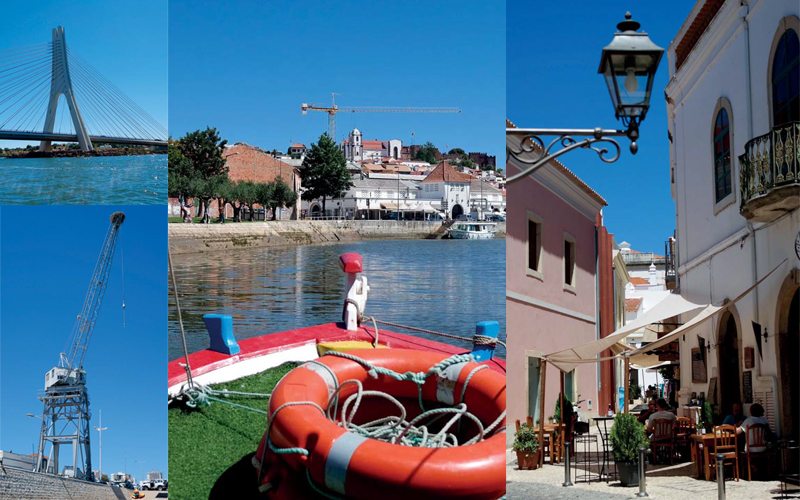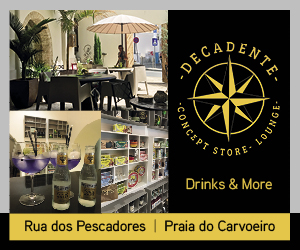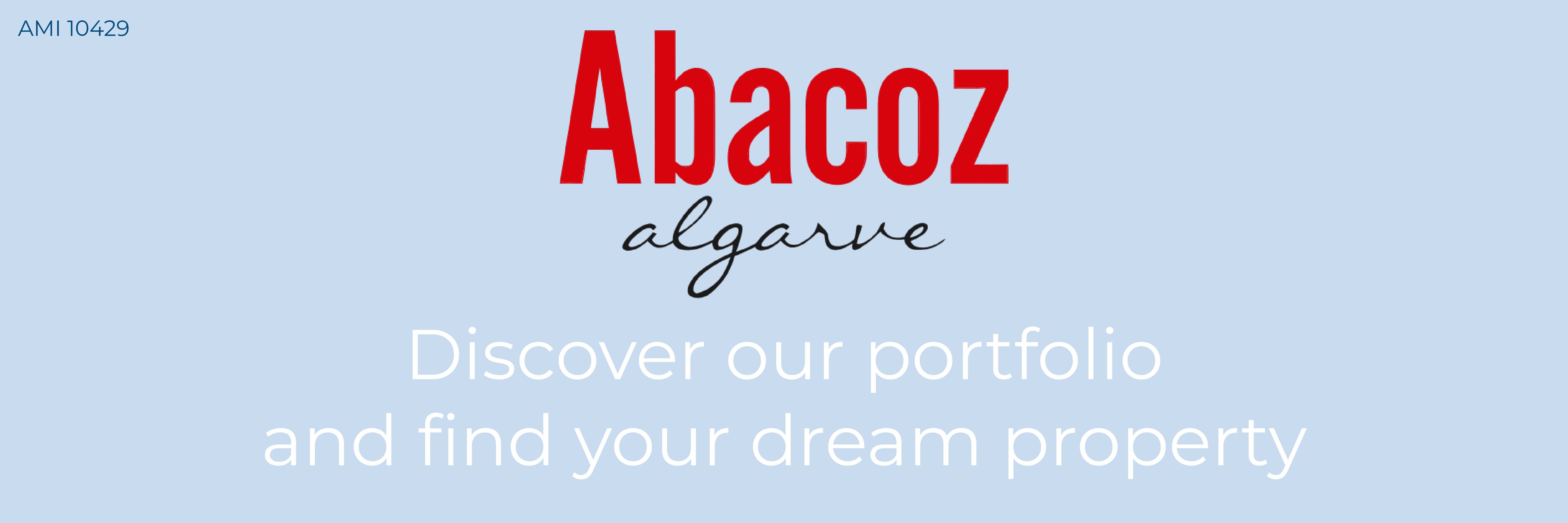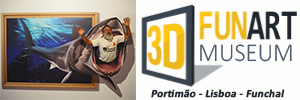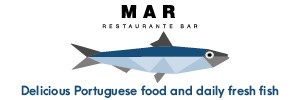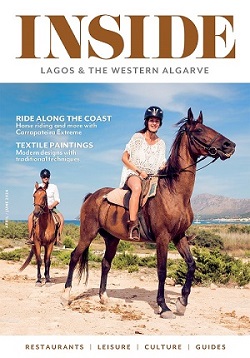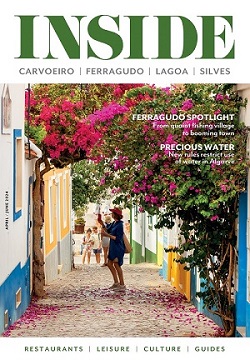With the heated buzz of summer a distant memory and the beaches and roads back to their normal pace, the Algarve still has a lot to offer in the winter months. Ferragudo and Silves are at their prime in this time of year, with lower temperatures and the children back at school, it’s the perfect
time to do a bit of sightseeing and relax from the hubbub of the high season.
We were greeted at Ferragudo harbour by Fiona, who explained the itinerary and told us that her husband Luis, our captain and tour guide for the day, has been operating his tours with his converted, traditional wooden fishing boat on the Arade to Silves and the Sítio das Fontes in Estômbar since 2013. Born and raised in Ferragudo and a fisherman for 35 years, there are few people better qualified to guide you on an Arade boat trip. Right on time, Luis pulled up at the harbour wall and welcomed our group of nine – the maximum capacity – aboard his vessel where we settled into our spots
ready for the trip to begin.
Our skipper began to pull away from Ferragudo, navigating the river across the tides to cause the least buoyancy on the small boat, and he began to explain some very interesting facts about the history of the river. According to him, it has changed almost beyond recognition in his lifetime, with the introduction of large canals to allow vessels to move without hindrance and avoid the series of sandbanks on the outer limits of the river.
As we continued up the river, under the bridge, Luis told us about the importance of the old sardine factories, of which there were 10 in Portimão and 13 in Ferragudo. “The factories were one of the main employers in the area, with the men working sea-based jobs like fishing and loading or unloading, while the women were factory-based, cleaning and sorting the fish on the production line,” he explained. “You can imagine that when these factories closed, there was a bit of an economic depression here. You can see all the chimneys in the area, now with stork nests on them. They were the chimneys from the fish factories, they represent a big part of our history in Ferragudo.”
Luis passed by the Portimão Museum to show us the baskets and hauling cranes on display at the pier, which put things into perspective.
Sailing under the rail and road bridges, he told us many tales of how life used to be for a Ferragudo fisherman and the changes in regulations and economy that lead him to convert his traditional fishing vessel into an excursion boat.
Wildly knowledgeable about his surroundings, Luis talked about the local wildlife, flora and fauna and was happy to answer the guests’ questions and provide a rounded commentary on the areas that we sailed through, stopping at various points of interest along the way to give us little gems of information from the past and present.
He spoke about the Moors invading the area and how the Portuguese people joined together and used the various access points to finally fight them off, back to North Africa, and explained the importance of these canals to the local farmers, salt harvesters, rice paddy’s and the ecosystem in general.
The scenery is incredibly lush and at certain points you could imagine yourself sailing in South Louisiana with a pair of eyes peering out of the water. Of course there is nothing even remotely dangerous in the river, it’s mostly home to some bass and other small fish that provide sustenance for the Heron and Stork population.
Sailing through the bamboo-lined canal, Silves appeared in the horizon and we docked just by the old Roman bridge, where we disembarked for break of an hour and a half to explore the old town and grab some lunch before heading back to Ferragudo where the tour ends.
The Silves tour costs €30 and lasts around four and a half hours, and Luis even provides some soft drinks and beers.The couple also offers a trip to the caves and to the Sítio das Fontes natural reserve in Estombar.
To book your trip call +351 916 846 425 or pop down to the harbour in person. | www.ferragudoboattrips.com
Text & Photos: Mia Wallace

